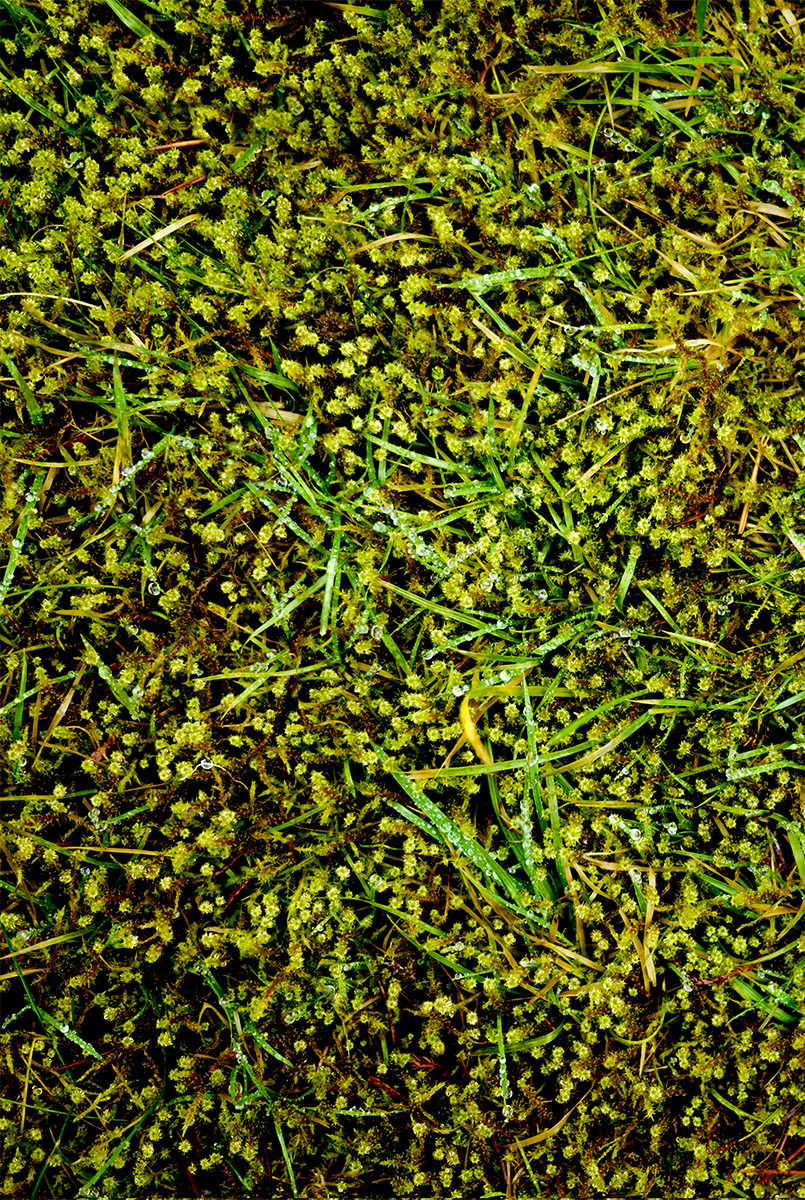
Futures
Ayana Harscoet
introduction |
just think—
with the right tools
and strategic techniques
we1 are right on the verge
of almost knowing.
| methods |
flatten the intertidal at Herring’s House
(store in GIS/ArcView software)





 crack the armored shoreline
crack the armored shorelineget intimate with the data:
identify restoration sites:
– relict patches embedded
– in an industrialized landscape
– undoubtedly compromised
fix samples in 5% buffered formaldehyde transfer to 50% isopropanol
develop criteria

 (best to have at least nine
(best to have at least nine
 physical and biological)
physical and biological)don’t forget to ask salmon
to diagnose the ecological state
or shake coarse sand
through nested sieves
(#10, #18, #35, #60, #120, #130)
if necessary, forgo placekeeping
for pacemaking. fixate
on return, or settle
for approximation.
arrive with toolbox overflowing
with protocols and procedures and methods sections and plunge gloved hands into the current.
become a publication, a citation,
a cover page, a precedent.
renew the search.



 results
results


 what lies at the end
what lies at the end


 or something like that
or something like that


 discussion
discussion


 will be known in due time.
will be known in due time.School of Aquatic & Fishery Sciences, University of Washington
School of Marine and Environmental Affairs, University of Washington
Notes
Much of the first page of the methods section in this poem is found language, drawn from the following scientific reports and papers: Elliott Bay/Duwamish Restoration Program: Year 1 Intertidal Habitat Projects Monitoring Report; Ecological Effects of Shoreline Armoring on Intertidal Habitats of a Puget Sound Urban Estuary; Biological Monitoring at Duwamish River Coastal America Restoration and Reference Sites: A Seven-Year Retrospective; Duwamish River Coastal America Restoration and Reference Sites: Results from 1995 Monitoring Studies; and Elliott Bay/Duwamish Restoration Program: Duwamish/Diagonal CSO/SD Cleanup Study Report.
Ayana Harscoet [they/them] is a queer, diasporic Japanese-and French-American poet based in unceded Duwamish territory (Seattle, WA). An emerging writer and recent college grad, they’re currently chasing after / compelled by / diving into rivers, ecological restoration, and the limits of western science.
Originally published in Moss: Volume Seven.
‹ |
Previous Door Stoop, CMarie Fuhrman |
Next La Forestal, Rita Sturam Wirkala |
› |


